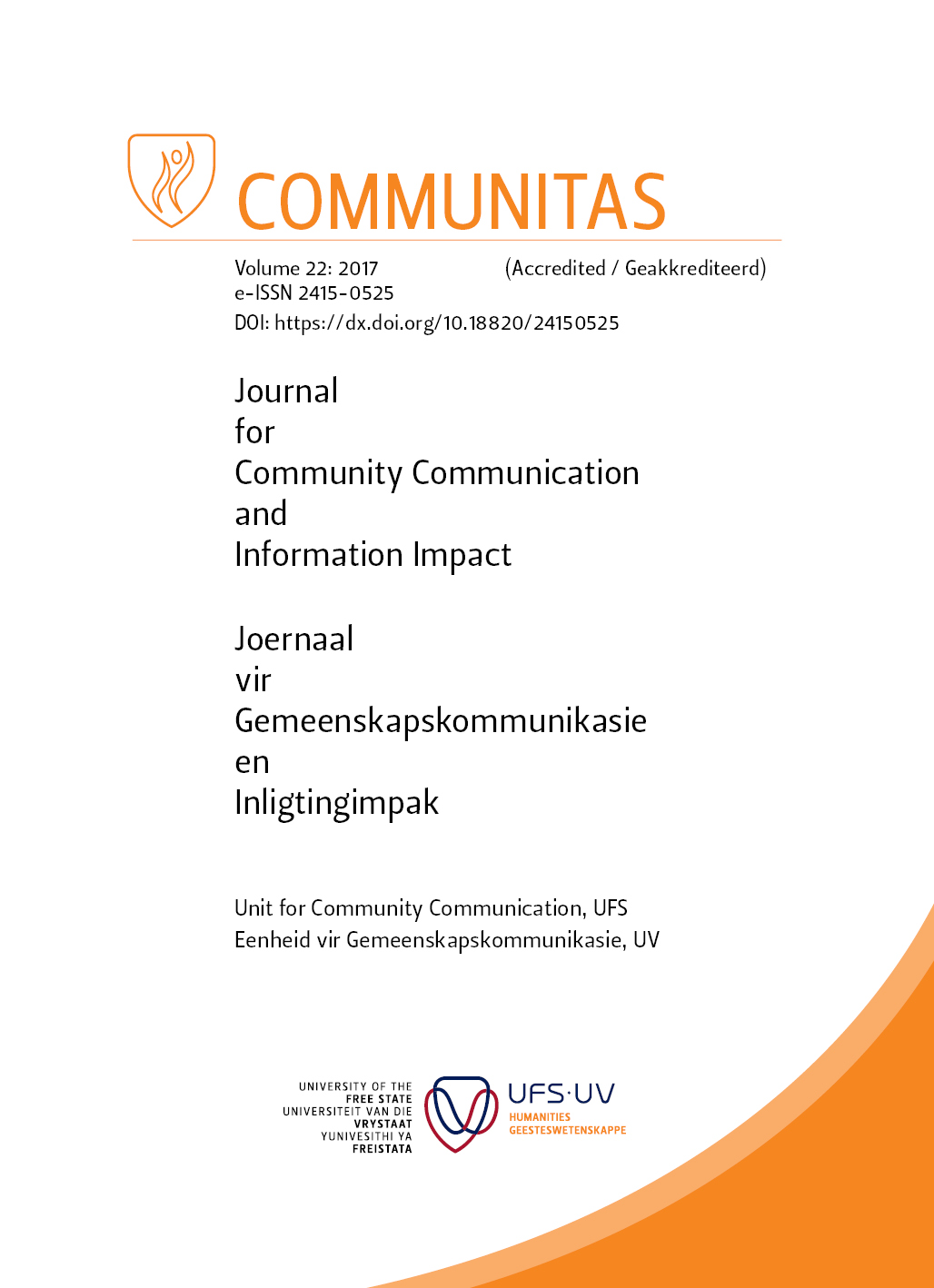A pilot investigation into the readability of Sesotho health information pamphlets
DOI:
https://doi.org/10.38140/com.v22i0.3297Keywords:
Health communication, Health information pamphlets, Readability, Health literacy, Sesotho, Flesch Reading Ease, Flesch-Kincaid Grade level, Fry Assessment Interpretation, Coleman-Liau IndexAbstract
Printed patient health communication in South Africa is under pressure for various reasons, one being ignorance of the level of health literacy of patients. This pilot study investigated the readability of Sesotho pamphlets given to Sesotho-speaking patients with chronic diseases in the public health sector. Findings obtained through readability tests indicate that the reading level of pamphlets handed to patients is too high, requiring the reader to have had a reading education of approximately nine years or more. This means it is written on a level requiring secondary education, while many people did not complete primary education. The South African context dictates that material should not be written at a level higher than Grade 7 (seven years of schooling), since 21% of the inhabitants of the Free State province has a literacy level (based on years of schooling completed) of Grade 7 or lower.
Downloads
##submission.downloads##
Published
Issue
Section
License
All articles published in this journal are licensed under the Creative Commons Attribution 4.0 International (CC BY 4.0) license, unless otherwise stated.









